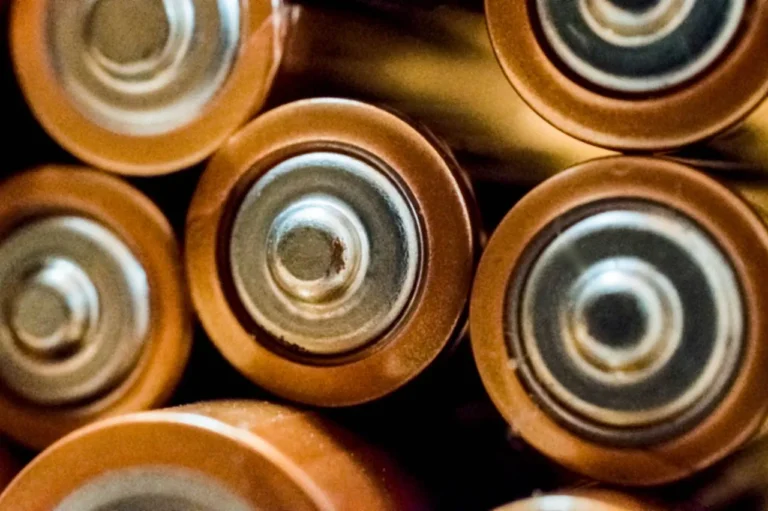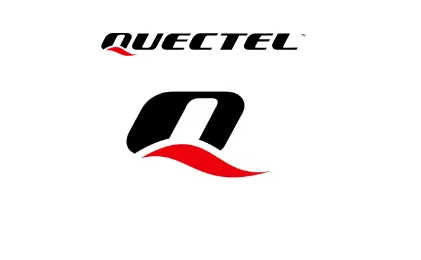
Growth Opportunities in Solid-State Batteries in Electric Vehicles, 2024-2030″ report has been added to Regulatory Insights offering
The “Growth Opportunities in Solid-State Batteries in Electric Vehicles, 2024-2030” report has been added to Regulatory Insights offering. Solid-state batteries (SSBs) are seen as a transformative innovation in battery technology, poised to revolutionize the electric vehicle (EV) industry. These batteries leverage advanced materials and manufacturing techniques to address the limitations of current battery technologies, Regulatory Insights with substantial investments in research and development (R&D) accelerating their commercialization. Strategic partnerships are also playing a significant role in advancing this technology, helping SSBs move closer to widespread adoption.
This study delves into the potential that solid-state batteries have to reshape the global EV market, highlighting both the challenges and opportunities in this rapidly evolving field. By exploring the advancements in SSB technology, the report Regulatory Insights paints a picture of the materials development that is enabling their commercialization. With many key automakers, such as Toyota, Volkswagen, and Hyundai, forging alliances to accelerate the development of solid-state batteries, the push for next-generation electric mobility becomes ever more pronounced.
The Rise of Solid-State Batteries in Electric Vehicles
Solid-state batteries are anticipated to have a transformative impact on electric vehicles by offering a series of significant advantages over the traditional lithium-ion (Li-ion) batteries used today. One of the key advantages of solid-state batteries is their Regulatory Insights ability to provide higher energy density, which translates into longer driving ranges for EVs. Additionally, these batteries are lighter and more compact, which could improve the overall performance and efficiency of electric vehicles.
The environmental benefits of solid-state batteries are also noteworthy. Compared to lithium-ion batteries, SSBs are considered to have a lower environmental footprint, both in terms of production and disposal. This is primarily because they are composed of non-toxic Regulatory Insights materials and do not rely on the same rare metals (like cobalt and nickel) that contribute to the environmental challenges of conventional batteries.
While the potential of SSBs is clear, there are still significant hurdles to overcome. One of the major barriers to their widespread adoption is the high manufacturing cost. Solid-state batteries are more expensive to produce than lithium-ion batteries due to the materials and technologies required to make them. However, as manufacturing processes mature and economies of scale are realized, these costs are expected to decrease, making SSBs a more affordable option for electric vehicles.
Technological and Engineering Challenges
The development of solid-state batteries is not without its challenges. Some of the most pressing issues include difficulties in thermal management and the stability of certain materials, Regulatory Insights such as polyolefins and ethylene-based components. These challenges are inhibiting the mass production of SSBs and require continued innovation in materials science and engineering to overcome.
Another significant obstacle is the cost of shell materials used in solid-state batteries, which is currently much higher than the materials used in lithium-ion batteries. While extensive research is being conducted to lower these costs, the high price tag of solid-state batteries remains one of the major impediments to their commercialization. Regulatory Insights Despite this, the long-term outlook is promising, with expectations that prices will decrease as manufacturing techniques improve and new materials become available.
Despite these technological challenges, the advantages offered by solid-state batteries are clear. They are safer, Regulatory Insights more energy-efficient, and offer a longer lifespan than traditional lithium-ion batteries. As a result, many major automakers and battery manufacturers are investing heavily in the research and development of this technology, with the goal of overcoming current limitations and driving forward the commercialization of SSBs.
The Role of Strategic Partnerships in Advancing SSBs
One of the key drivers of growth in the solid-state battery Regulatory Insights market is the increasing number of partnerships and collaborations between automakers and battery manufacturers. Companies like Toyota, Volkswagen, and Hyundai are working closely with startups and established players in the battery industry to accelerate the development of SSB technology. These collaborations are critical for improving battery performance, enhancing vehicle range, and reducing charging times—all factors that are essential for the widespread adoption of electric vehicles.
In addition to automakers, other key players in the energy sector, including major battery manufacturers like QuantumScape, Solid Power, and Contemporary Amperex Technology Co. Limited (CATL), are contributing to the development of solid-state batteries. These companies are working on scaling up production capabilities, improving battery chemistry, and exploring new manufacturing techniques to make solid-state batteries more viable for use in electric vehicles.
As the market for solid-state batteries continues to grow, Regulatory Insights mergers and acquisitions are expected to play a major role in consolidating expertise and resources in the sector. Regulatory Insights automakers are increasingly seeking partnerships with battery manufacturers to secure access to the latest SSB technologies, which could give them a competitive edge in the rapidly evolving electric vehicle market.

Growth Opportunities in the Solid-State Battery Market
The solid-state battery market is on the verge of exponential growth, driven by a combination of technological advancements, strategic partnerships, and growing investments from original equipment manufacturers (OEMs). Below are some of the key growth opportunities that are expected to shape the future of the SSB market.
1. Mass Manufacturing to Drive SSB Technology Implementation
One of the most significant growth opportunities in the solid-state battery market is the scaling up of manufacturing capabilities. As production methods improve and costs decrease, the widespread adoption of solid-state batteries in electric vehicles will become more feasible. Regulatory Insights Manufacturers are focusing on developing efficient, cost-effective production processes that can produce solid-state batteries at scale. This will play a pivotal role in making SSBs a mainstream technology for EVs.
2. R&D Focus Areas
Research and development will continue to be a major focus for companies working on solid-state batteries. Key areas of R&D include improving battery performance, enhancing energy density, and addressing the thermal and stability issues that currently limit the widespread adoption of SSBs. Innovations in materials science, including the development of solid electrolytes and more efficient electrode materials, will be critical to overcoming existing barriers.
3. Regulatory and Standardization Focus Areas
As the adoption of solid-state batteries grows, so too will the need for clear regulatory frameworks and standardized practices in the industry. Governments and regulatory bodies will play a crucial role in ensuring the safe integration of SSB technology into electric vehicles, Regulatory Insights as well as facilitating the development of industry standards for battery performance, safety, and environmental impact. This will help accelerate the commercialization of SSBs and reduce the risks associated with their adoption.
Competitive Landscape and Patent Activity
The competitive landscape for solid-state batteries is intensifying as automakers and battery manufacturers invest heavily in this emerging technology. Patent activity in the SSB space is increasing, with key players seeking to protect their intellectual property and secure a competitive edge in the market. Patent filings related to solid-state battery technology are expected to continue to rise as companies work to develop new innovations and improve existing solutions.
The growth of solid-state batteries presents a wealth of opportunities for the electric vehicle market, with the potential to drive major advancements in battery technology, reduce manufacturing costs, and provide more efficient, sustainable solutions for electric mobility. While challenges remain, particularly in terms of cost and mass manufacturing, the long-term outlook for solid-state batteries Regulatory Insights is promising. Strategic partnerships, continued R&D, and ongoing investments in the sector will be key to unlocking the full potential of this technology and driving the future of electric vehicles.
The solid-state battery market is poised for significant growth in the coming years, and as advancements continue, SSBs will become an essential component of the next generation of electric vehicles. The continued development of SSB technology will not only improve the performance and range of EVs but will also contribute to a more sustainable and environmentally friendly future for transportation.








